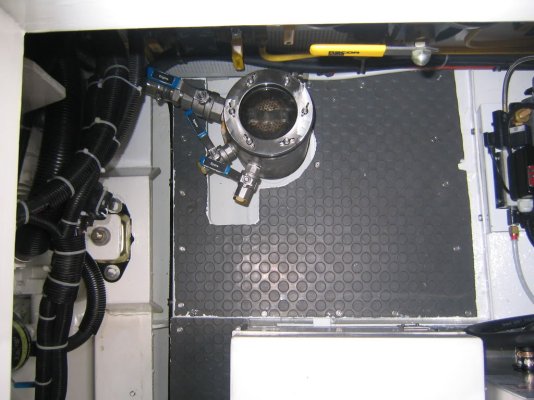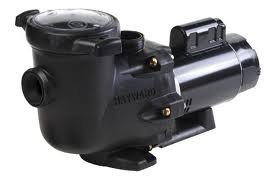As long as we're on the topic, let me relate a story from last summers cruising with Marin.
We were drifting and putting around deciding what to do near Center Island in the Washington, San Juans, when my temp alarm went off. A quick check of the guage proved that we were just leaving the safe temp zone. No problem says I as I shut down the engine. Immediately I went to my rather large strainer in the engine room, expecting to dump a small basket of eel grass. What I found however was a well packed basket, followed by a well packed inlet. No tool seemed to work, to get around the elbow preceding the strainier, until upon further thought toward available tools brought me to the life-saver. I have this flexible pincher tool used for retrieving small objects which may have fallen in otherwise inaccessible locations. You push the plunger, and three little prongs with triangular tips come out of the tube and separate. This process allowed the tool to take about half inch bites of eel grass, and then drag that material and a few more strands out at a time. After clearing as much as I could, I would then start the engine for mere seconds, but long enough to bring forth another harvest of this otherwise delectable bounty from the sea. I think we went through that process a half dozen or more times, and then while running, slipped into a dock to complete the process. By the time we were done, my thumb was raw from pushing the plunger on the tool.
There are two things to take from this incident. One is that you MUST have some sort of strainer, and then a plan to remove the stuff packed in front of it. I am going tomorrow to purchase another tool such as the one I have, just in case I ever break that one. I am still considering whether to put a strainer on the outside of my mushroom through hull as a first line of defense.*
I am somewhat reluctant to add the outer strainer, as I would have a much bigger problem trying to clear that strainer. It would involve me in a wetsuit, and a hull possibly pounding down on my head. My do me some good actually.



